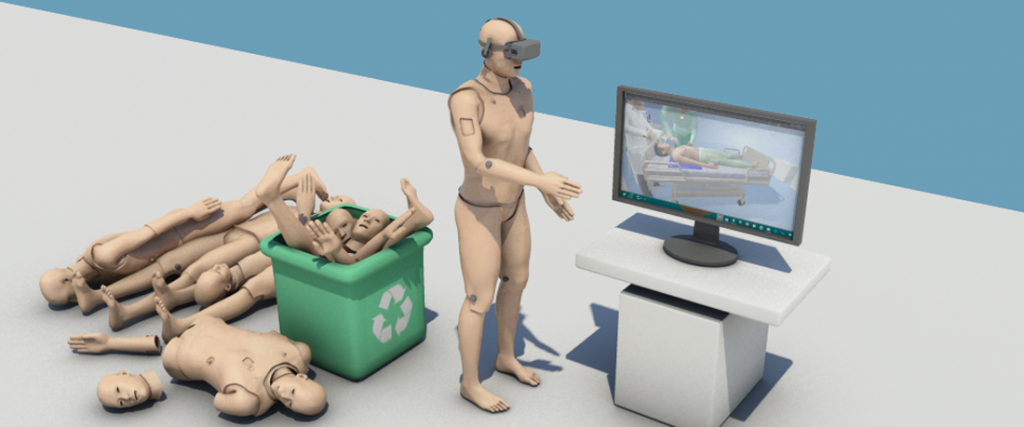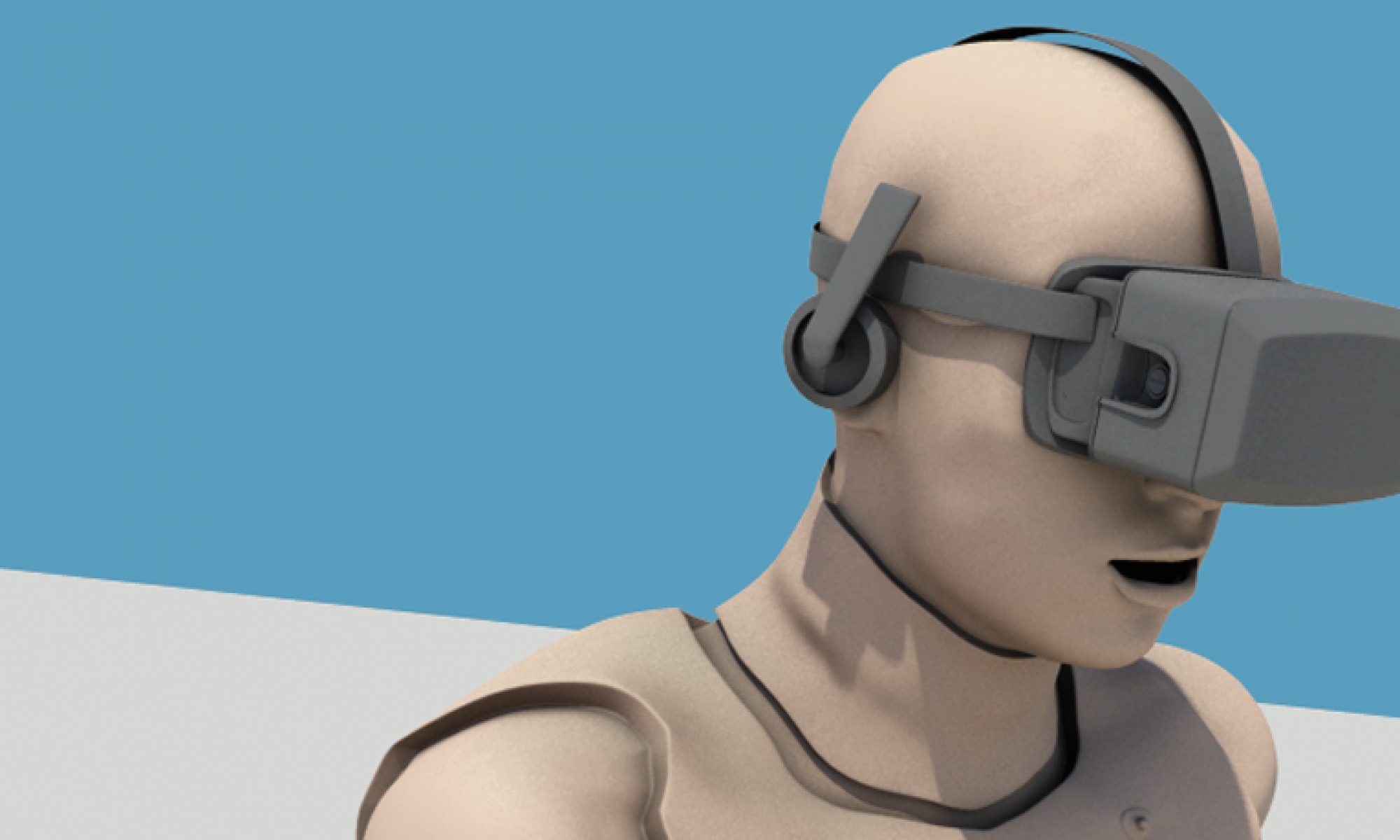
Welcome to our Touch Lab at IIT Madras! This is also known as Haptics lab. Explore the wondrous world of touch – both sensory and motor action.


Also Known As Haptics Lab IITM

Welcome to our Touch Lab at IIT Madras! This is also known as Haptics lab. Explore the wondrous world of touch – both sensory and motor action.
Virtual Reality or VR uses a computer or computer-aided technology to simulate an environment for the individual. Unlike the older form of interfaces such as TV or mouse control, VR places the user inside an experience. Instead of getting visual feedback from a single direction, the user will receive visual, audio and haptic feedback from multiple directions. The only limitation to a near-real VR experience is the hardware expense as well as the computational powers required for the experience.
Our research works with respect to VR are classified under three broad areas:
We also offer a course in our institute called Virtual Reality Engineering (AM5011), in which we learn a brief overview on VR and its various subcategories. It is offered every fall semester.
Consortium for AR/VR Engineering (CAVE).
In our definition, haptics is pertaining to the sensing and manipulation using touch between human and machine, machine and machine, or human and human in a virtual, teleoperated, or even real environments.
Haptics is an interdisciplinary research field. We define haptics as — the study of sensing and manipulation through touch. We use a variety of methods to look for the general principles that we use to explore, represent, and interact with objects. We not only study how humans explore and interact with objects, but also how machines do so.
The Touch Lab at IIT Madras came into existence in June 2005. The goals of our research are to :
The interactions can not-only between human and machines in real space, but also in virtual reality and teleoperator systems.
To gain a deeper understanding of human haptics, multidisciplinary investigations involving skin biomechanics, neurophysiology, psychophysics, motor control, and computational models are employed.
The research works in this laboratory with respect to Haptics are classified into three broad areas :
Some of the research works in each of this area carried out in our lab are listed here:
Touchlab is looking for students with an interest in Virtual Reality and Haptics. Students with a Bachelor’s/Master’s degree in electrical/electronics engineering, computer science, mechanical engineering, system and control, mathematics or physics with a strong interest in systems theory are welcome. Interested students should apply by sending an email to me along with a CV.
We are also actively looking for students exceptionally good at embedded programming. Anybody with experience in and having a passion for micro-controller programming, robotics, and practical electronics is welcome to apply to our group by sending an email to me along with a CV.
Upcoming conference on VR – Link
Virtual Reality, Haptics, Medical Simulation for Training, Immersion, Presence, HMD, Interactive VR, Head Tracking, AR, XR, Mixed Reality, VR Engineering.
Fill in the form below to contact us
Maps and Direction:
Mechanical Science Block, Room 203, Alumni Avenue, IIT Madras, Chennai 600036